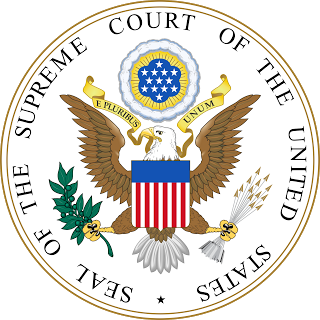Categories: Federal
06.29.2015
United States Supreme Court Upholds Disparate Impact Theory.
 We asked one of the state’s pre-eminent lawyers working on housing discrimination issues as they affect people with disabilities to weigh in on what the recent Supreme Court decision might mean for supportive housing providers. Thank you, Mr. Schonfeld for sharing your thoughts with our community.
We asked one of the state’s pre-eminent lawyers working on housing discrimination issues as they affect people with disabilities to weigh in on what the recent Supreme Court decision might mean for supportive housing providers. Thank you, Mr. Schonfeld for sharing your thoughts with our community.
United States Supreme Court Upholds Disparate Impact Theory
By Robert L. Schonfeld, of counsel, Moritt Hock & Hamroff LLP
On June 25, 2015, the United States Supreme Court in the case Texas Department of Housing and Community Affairs v. Inclusive Communities, Inc. upheld the use of the "disparate impact" theory of proving housing discrimination under the Federal Fair Housing Act.
The "disparate impact" theory allows a person to bring a housing discrimination action under the Federal Fair Housing Act without proving intentional discrimination. To establish a case under the "disparate impact" theory, a person must demonstrate the occurrence of outwardly neutral practices and policies and that those practices have a significantly adverse or disproportionate impact on persons of a particular type. For example, a policy against dogs in a rental building may have a disparate impact on persons who need a dog because of their particular disability. While a policy against dogs in a building applies to everyone, it may have a greater impact on persons with disabilities because of their disabilities and thus constitute discrimination under the "disparate impact" theory.
The Supreme Court's decision contains a powerful discussion of the Federal Fair Housing Act that will be useful in future cases. The decision discusses policies such as restrictive covenants, steering by real estate agents, and discriminatory lending policies that led to segregation, and that the Fair Housing Act was first enacted in 1968 after the assassination of Dr. Martin Luther King, Jr. and social unrest in the inner cities. The decision concludes by noting that the Fair Housing Act "must play an important part in avoiding… the grim prophecy that "[o]ur Nation is moving towards to societies, one black, one white—separate and unequal" and that "the Court acknowledges the Fair Housing Act's continuing role in moving the Nation toward a more integrated society."
The "disparate impact" theory has been applicable in the Federal Courts in New York since a decision of the Second Circuit in 1988, and the Supreme Court decision reaffirms the viability of that decision. However, the Supreme Court hinted that the "disparate impact" theory may only be viable in cases that truly preclude or discourage persons from living in particular housing because of their race, religion, national origin, gender, or disability and not in cases involving health and safety codes that serve a legitimate objective.
In spite of the suggestion of limits on the use of the "disparate impact" theory, the Supreme Court decision revives the possibility of challenging laws and policies that have a "disparate impact" on people with mental illness. That would include the Rent Stabilization Code and landlord, condominium and cooperative restrictions which place limitations on corporations providing housing to people with mental illness. Because landlords often refuse to rent to homeless mentally ill persons directly, "scattered site" leases must be held by non-profit corporations and the Supreme Court decision may provide a ground for challenging policies that prohibit leases to such corporations or allow landlords to take apartments out of rent stabilization when renting to nonprofit corporations.
On the whole, the Supreme Court decision makes powerful and valuable statements about the role of the Fair Housing Act and, for the most part, revitalizes the use of the "disparate impact" theory under that law.
